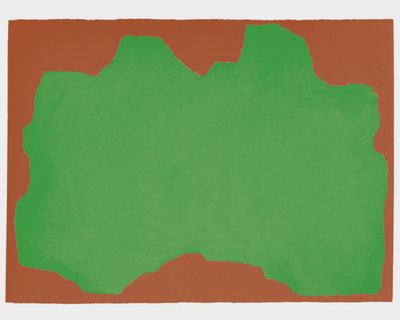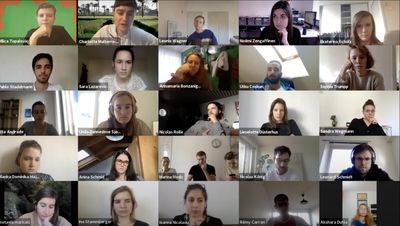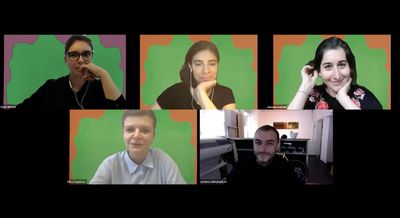Linking Soils Across the Urban-Rural NexusJohan Six

Around the world, but especially in Sub-Saharan Africa, unprecedented urban growth is placing enormous burdens on governments by the growing demand for infrastructure, services, and basic needs such as housing, water, sanitation, and food security. As a consequence, informal settlements, unplanned urban zones and peri-urban are growing rapidly and their underserved communities have limited access to potable water or municipal sanitation services and suffer from chronic food insecurity. At the same time, rural outmigration is driven by a decreasing ability to maintain a satisfactory and sustainable livelihood in rural areas. Although a complex issue driven by many factors, the degradation of soils and loss of soil health through nutrient mining plays a major role in this phenomenon. African farmers, hindered by a lack of financial capital, are unable to apply soil amendments and fertilizers at the rates necessary to maintain soil health, agricultural productivity, and hence their livelihoods, forcing them to search for economic opportunity elsewhere.
In this lecture, Johan Six will present recent work conducted in four different city region food systems across Sub-Saharan Africa (Arba Minch, Ethiopia; Kigali, Rwanda; Bukavu, Democratic Republic of the Congo; and Msunduzi, South Africa). Through these cases he will link soil health to waste reduction in order to improve both rural and urban livelihoods by catalysing a circular economy based on carbon and nutrient transfers from the rural to the urban and back to the rural parts of city region food systems. He will ultimately outline how critical to this goal is the establishment of a vibrant and inclusive transdisciplinary innovation platform based on local stakeholders in each of the city regions.
Dr. Johan Six received his PhD in Soil Science in 1998 from Colorado State University. His PhD research was conducted at the Natural Resource Ecology Laboratory (NREL). His research focused on the mechanisms underlying greenhouse gas mitigation by no-tillage practices. Dr. Six remained as a Research Scientist at NREL from 1998 until 2002. He led and was involved in many projects investigating the effect of land use change and management on greenhouse gas fluxes in agricultural, grassland and forest ecosystems. At UCDavis (2002-2012), Dr. Six further developed this line of research with a focus on the feedbacks between ecosystem management options (e.g., tillage, cover cropping, green manuring, sustainable farming, and grazing), global change (e.g., elevated CO2 and climate change), and biogeochemical cycling. Since 2013, Dr. Six is the chair of the Sustainable Agroecosystems Group at ETH-Zurich, where he has continued the research program developed at UCDavis, but with more of an emphasis on landscape analyses and global Food Security. More specifically, he studies the complex interactions between soil (e.g, structure, texture and mineralogy), plants (e.g., diversity, nutrient uptake, and root growth), soil biota (e.g. fungi, bacteria, and earthworms), and the carbon and nitrogen cycles in terrestrial ecosystems, especially agroecosystems. His general approach is to conduct experimental work from the micro- to landscape scale and subsequently integrate it with modeling to interpolate and extrapolate it to the regional and global scale. The modeling has also as goals to identify gaps in our knowledge, generate testable hypotheses, and test the mechanistic bases of biogeochemical models. Furthermore, many projects he conducts are in collaboration with economic and social scientist to holistically assess the sustainability and resilience of agricultural production and food systems.
Dr. Six is a Chancelor’s Fellow of the University of California—Davis, a Fellow of American Association for the Advancement of Science, a Philippe Duchaufour medallist in Soil Science of the European Geoscience Union, a Distinguished Ecologist of Colorado State University, and on the 2015, 2016, 2017, and 2019 Highly Cited Researchers list of the Web of Science.



